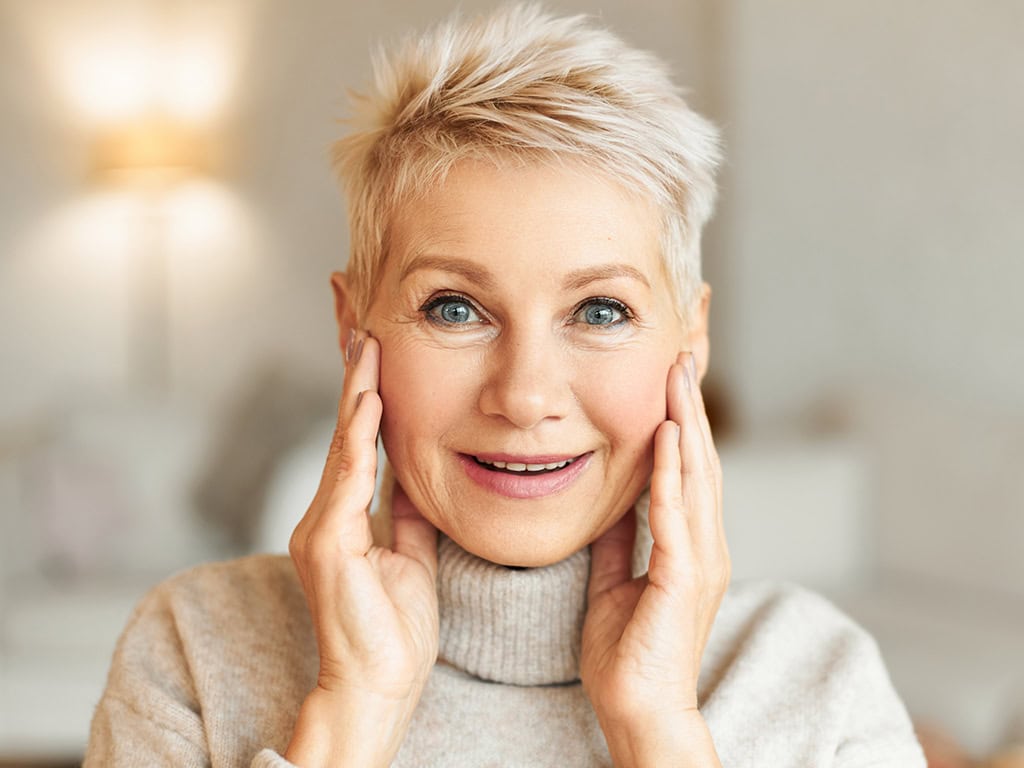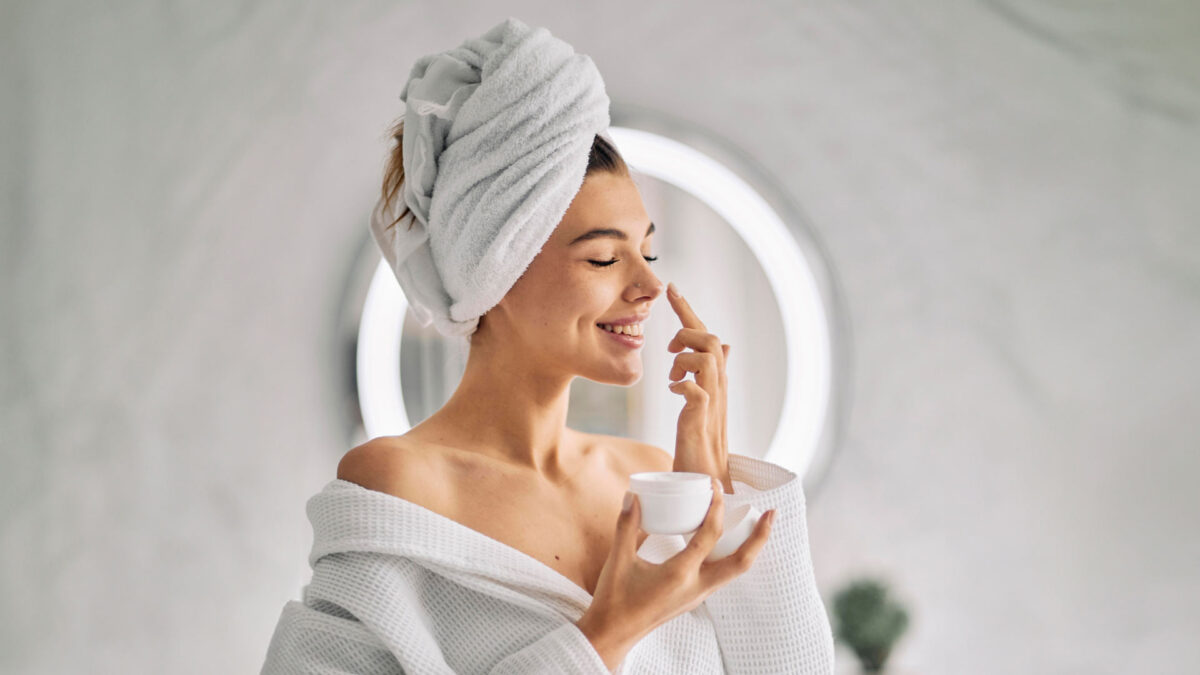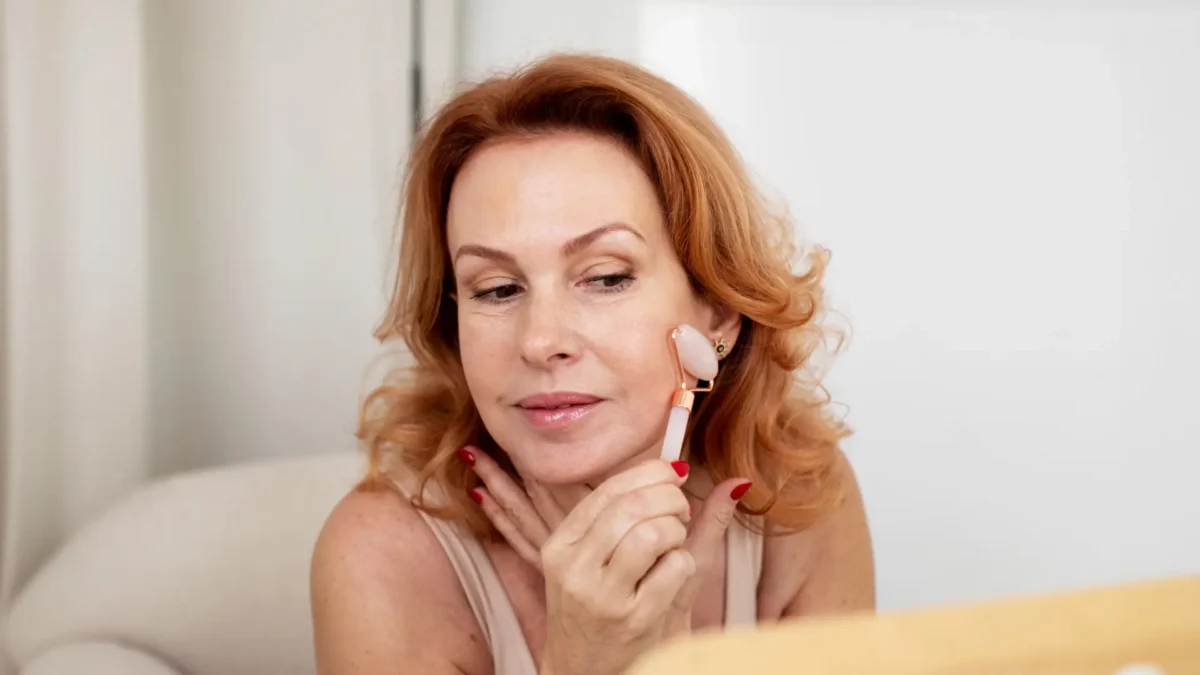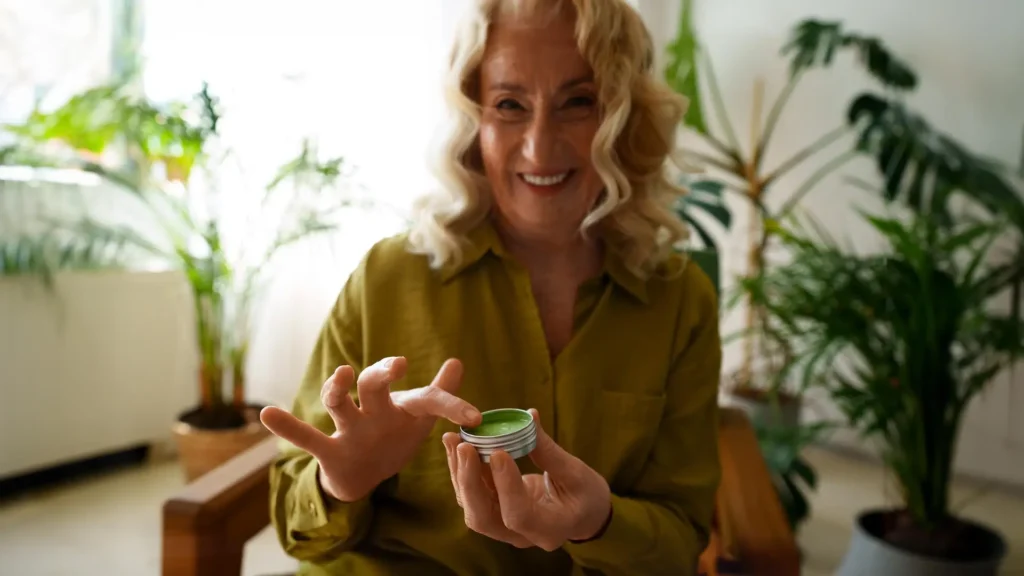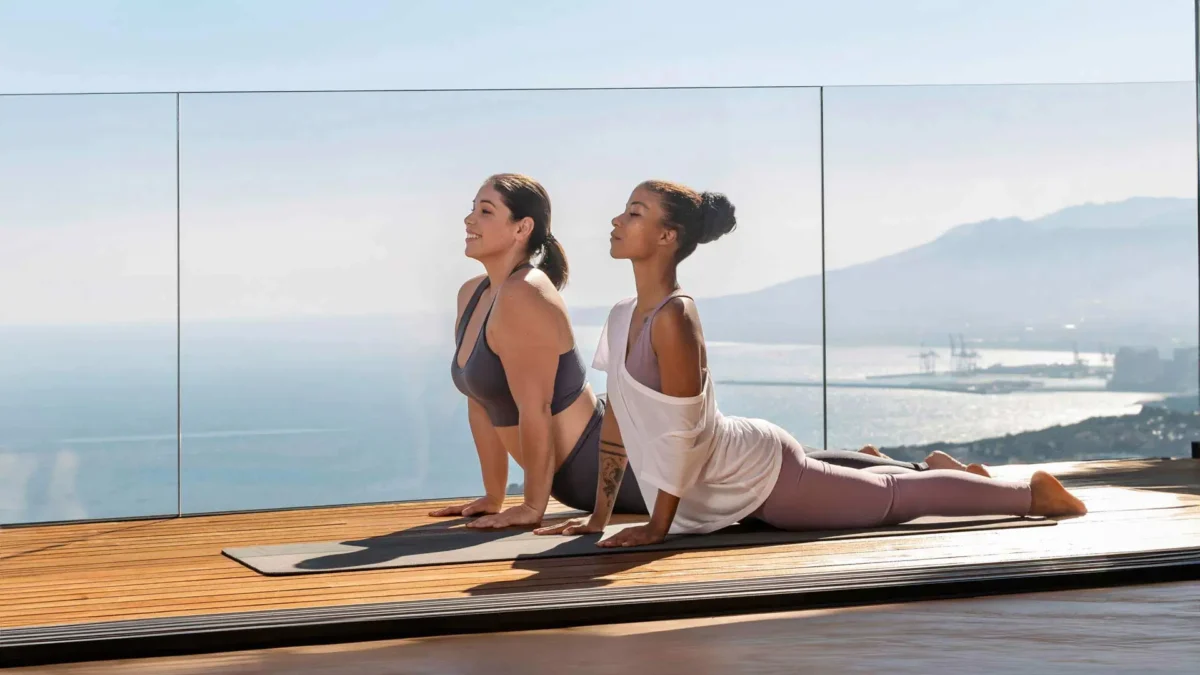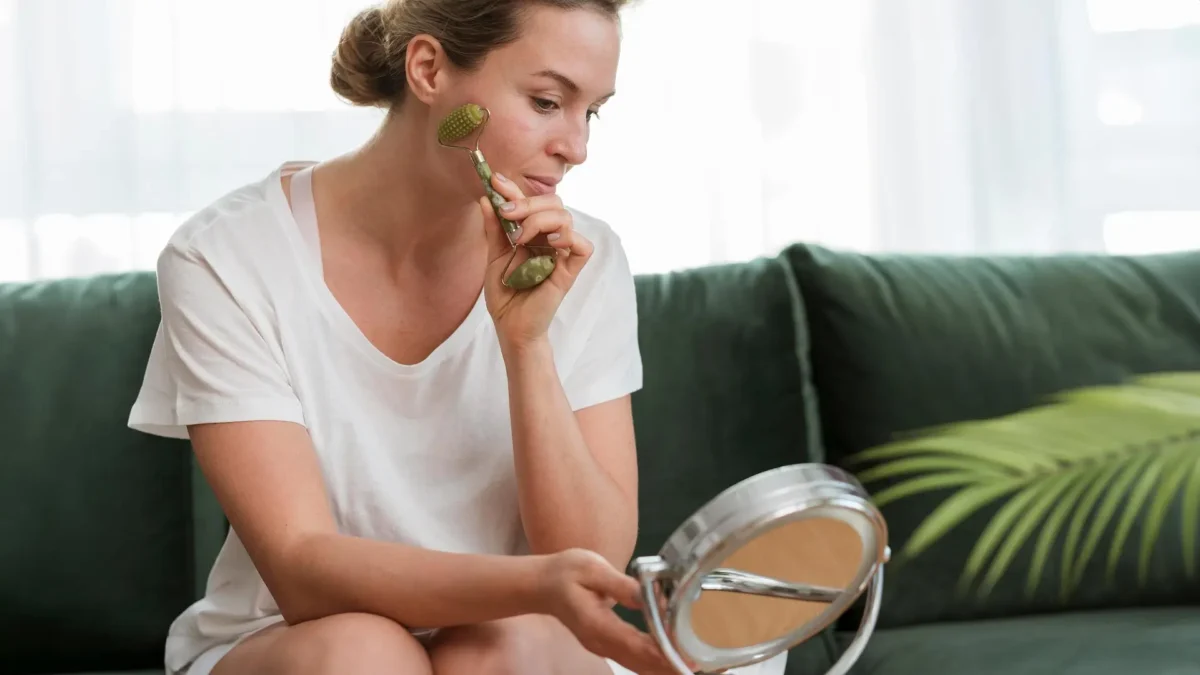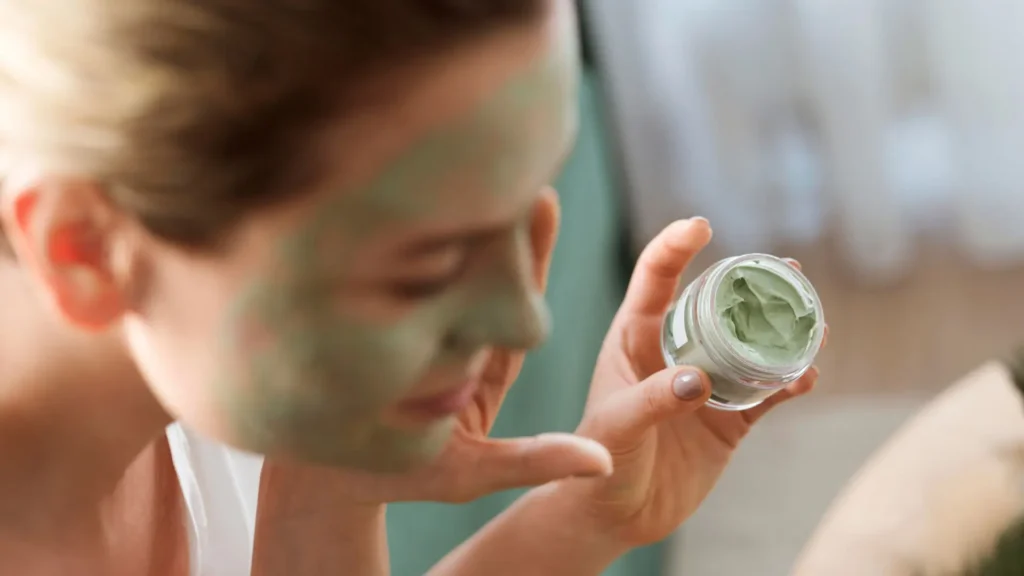Wellness Meets Sustainability: Eco-Conscious Brands at INNOCOS 2025
The beauty and wellness industries are undergoing a profound transformation. Beyond fleeting trends, a fundamental shift towards sustainability and eco-consciousness is reshaping how brands operate and consumers choose their products.
At INNOCOS 2025, we’re bringing together the pioneers and innovators driving this green revolution, showcasing how wellness and sustainability are converging to create a more beautiful and responsible future.
Why Sustainability Matters in Modern Beauty
The imperative for sustainability in beauty is no longer a niche concern; it’s a mainstream demand driven by informed consumers and a growing awareness of environmental impact.
- From Single-Use Plastics to Refillable Packaging:
- The beauty industry has historically been a significant contributor to plastic waste, with countless single-use containers ending up in landfills and oceans.
- Forward-thinking brands are actively phasing out virgin plastics and embracing innovative solutions:
- Refillable systems: Durable, aesthetically pleasing packaging designed for repeated use, allowing consumers to purchase only the product refill.
- Post-consumer recycled (PCR) materials: Utilizing recycled plastics, glass, and aluminum to create new packaging, diverting waste from landfills.
- Biodegradable and compostable materials: Exploring alternative materials like bamboo, paperboard, and mycelium that naturally break down.
- Key Certifications to Watch for (Cruelty-Free, B Corp, Leaping Bunny):
- Certifications assure consumers of a brand’s commitment to ethical and sustainable practices.
- Cruelty-Free: Guarantees that no animal testing was conducted on ingredients or finished products.
- B Corp: Certifies that a company meets rigorous social and environmental performance standards, accountability, and transparency.
- Leaping Bunny: A globally recognized standard for cruelty-free cosmetics and personal care products.
- Other important certifications include USDA Organic, ECOCERT, and Fair Trade, which signify responsible sourcing and production.
Read more: Our Top 15 Longevity Books Recommendation to read in 2025
Top Eco-Conscious Brand Showcases at INNOCOS 2025
INNOCOS 2025 will be a hub for brands demonstrating cutting-edge sustainable practices, offering invaluable insights for attendees.
- Breakthrough Formulas (e.g., Upcycled Botanicals):
- Innovation in formulations is moving beyond “natural” to truly sustainable.
- Upcycled botanicals: Utilizing byproducts from other industries (e.g., coffee grounds, fruit seeds) to extract potent active ingredients, minimizing waste and maximizing resource efficiency.
- Waterless formulations: Concentrated products that reduce the need for water, both in composition and transportation, significantly lowering carbon footprints.
- Biotechnology-derived ingredients: Cultivating ingredients through fermentation or cellular agriculture, offering sustainable alternatives to traditional botanical sourcing.
- Zero-Waste Supply Chains & Circular Economy Models:
- The ultimate goal for many eco-conscious brands is to achieve a circular economy, where waste is eliminated, and resources are kept in use.
- Closed-loop manufacturing: Designing products and processes so that materials can be continuously reused or recycled.
- Local sourcing: Reducing transportation emissions by sourcing ingredients and manufacturing products closer to home.
- TerraCycle partnerships: Collaborating with specialized recycling programs to handle hard-to-recycle beauty packaging.
Read more: How Longevity is Shaping Beauty & Wellness
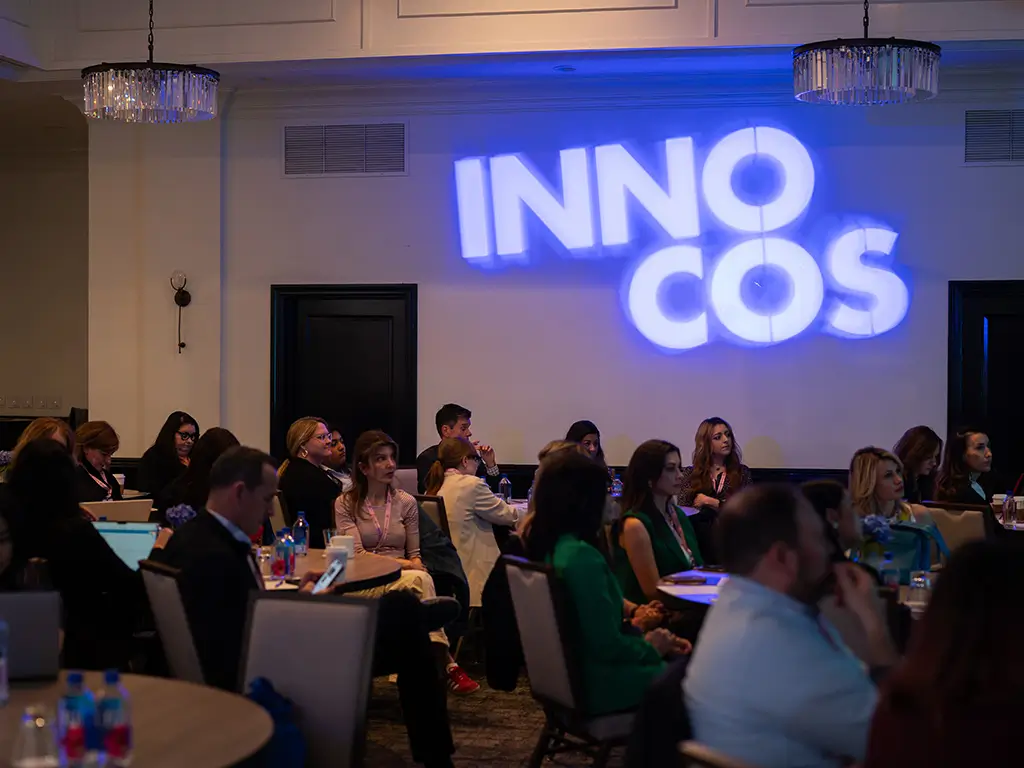
How INNOCOS Shapes the Future of Green Beauty
INNOCOS Events is dedicated to fostering collaboration and innovation in the beauty industry, with sustainability at its core.
- Panel Takeaways: Investor & Founder Perspectives:
- At INNOCOS 2025, expect insightful discussions from leading investors and founders on the financial viability and market demand for sustainable beauty.
- Panels will delve into strategies for securing green investments, scaling eco-conscious businesses, and measuring genuine impact.
- Actionable Steps for Brands to Go Green in 2025–2026:
- Our events provide concrete, actionable takeaways for brands of all sizes.
- Attendees will gain practical guidance on:
- Conducting comprehensive carbon footprint assessments.
- Implementing sustainable packaging solutions.
- Adopting ethical sourcing practices.
- Navigating regulatory landscapes for green claims.
- Communicating sustainability efforts authentically to consumers.
Related post: A Year of Growth and Transformation
People Also Asked
What does “eco-conscious beauty” mean?
Eco-conscious beauty refers to beauty products and practices that minimize negative environmental impact throughout their lifecycle, from ingredient sourcing and manufacturing to packaging and disposal. It prioritizes sustainability and ethical practices and often focuses on natural, safe ingredients.
How do I identify truly sustainable beauty brands?
- Look for transparency in ingredient lists and sourcing.
- Seek out third-party certifications (B Corp, Leaping Bunny, USDA Organic).
- Check for refillable or PCR packaging, or innovative zero-waste solutions.
- Research their commitments to reducing carbon footprint and water usage.
- Be wary of “greenwashing” – vague or unverified claims.
Which beauty brands are leading in sustainability?
Many brands are making significant strides, including those utilizing refillable systems (e.g., L’Occitane, Kjaer Weis, Augustinus Bader), employing upcycled ingredients (e.g., UpCircle), and focusing on comprehensive circularity (e.g., ILIA, Ethique). INNOCOS showcases many such innovators.
How do brands measure their carbon footprint?
Brands measure their carbon footprint by assessing greenhouse gas emissions across three scopes:
- Scope 1: Direct emissions from owned or controlled sources (e.g., company vehicles, factory emissions).
- Scope 2: Indirect emissions from purchased energy (e.g., electricity, heating).
- Scope 3: All other indirect emissions from the value chain (e.g., raw material extraction, transportation, waste disposal, product use). This often involves data collection, activity logs, and applying emission factors.
What’s an example of circular packaging in skincare?
An excellent example is a brand offering a durable, high-quality glass or aluminum jar for a face cream, with interchangeable, recyclable refill pods that click into place. Once the pod is empty, the consumer replaces it with a new refill, keeping the original outer packaging in circulation indefinitely.
What sustainability initiatives does INNOCOS support?
INNOCOS strongly supports sustainability through its core event themes, panels, and networking opportunities. We feature brands prioritizing eco-innovation, host discussions on circular economy models, and previously partnered to establish the Blue Beauty Awards, recognizing brands making a positive environmental impact through innovation, sustainability, transparency, and social responsibility.
How can smaller brands attend INNOCOS?
INNOCOS offers various attendance options. Smaller brands can explore delegate passes, participate in startup showcases, or seek out networking opportunities during the event. Engaging with the INNOCOS online community can also provide valuable information and potential connections for future participation.
What resources does INNOCOS provide on eco-innovation?
INNOCOS offers a wealth of resources on eco-innovation through its blog, podcast (including dedicated Blue Beauty episodes), and post-event content (presentations, summaries). Our events themselves are a primary resource, bringing together experts and innovators to share cutting-edge strategies and breakthroughs in sustainable beauty.





